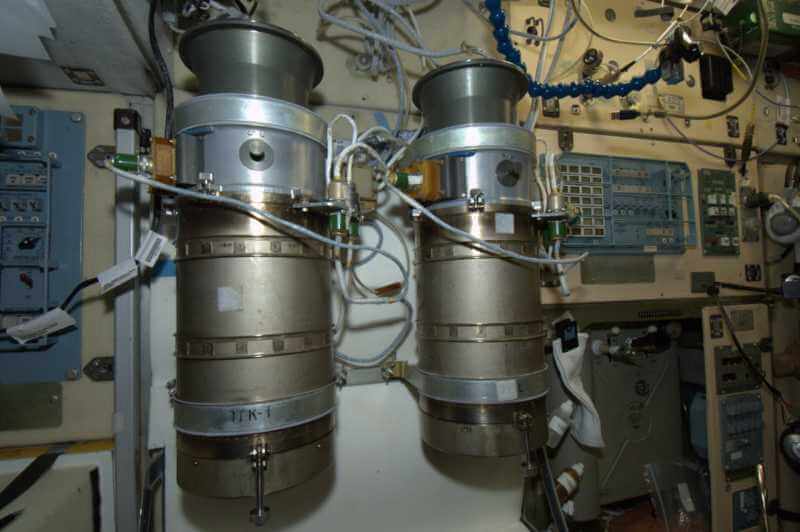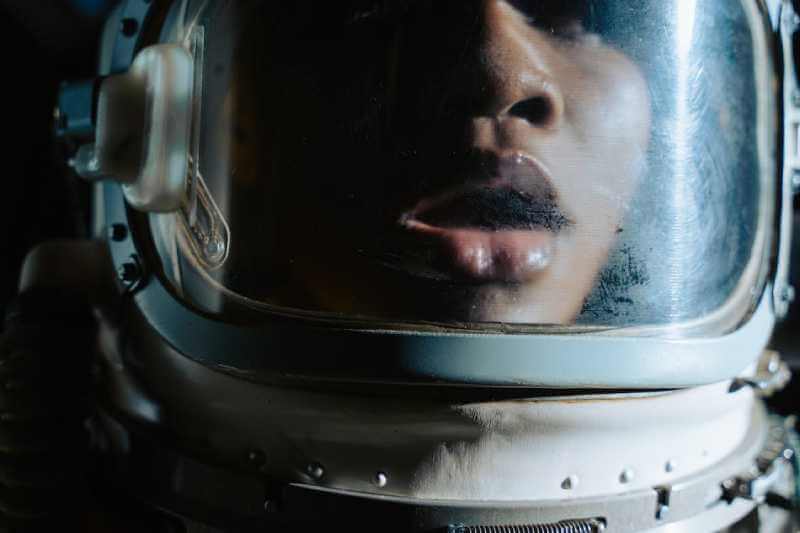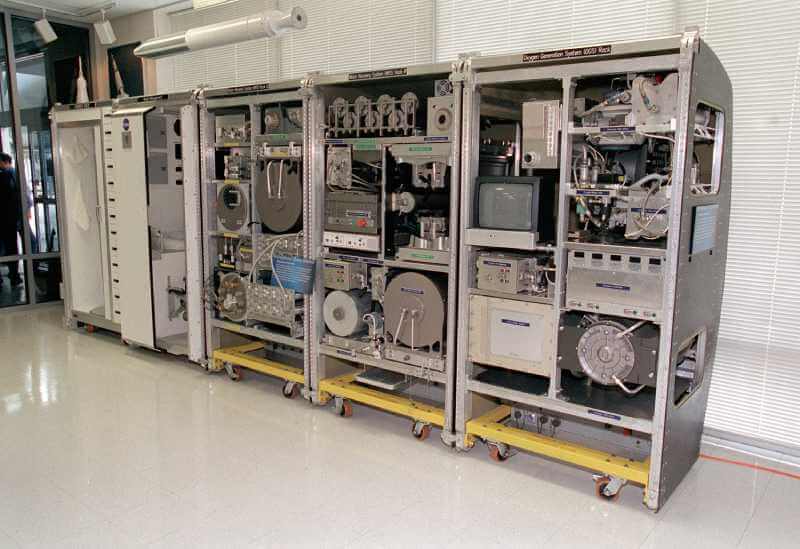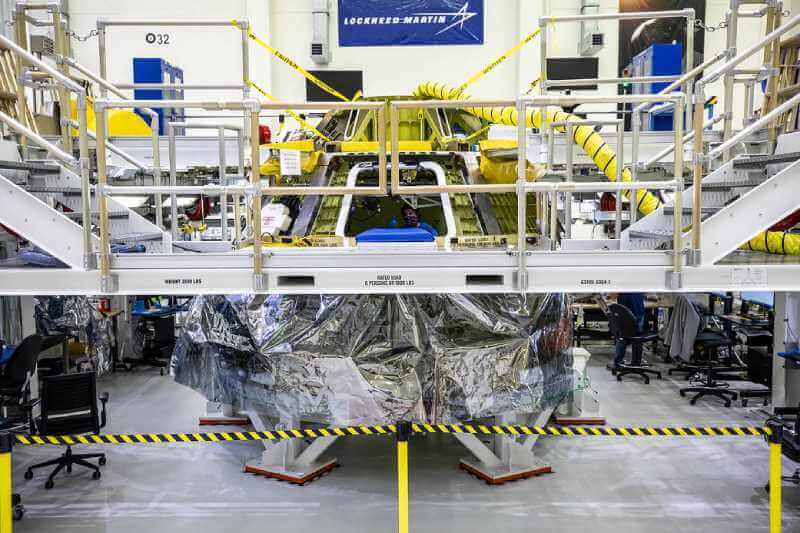Exactly how do astronauts breathe in space? It’s a question that has baffled many people, and understandably so. After all, space is a vacuum, which means there’s no air for us to breathe. So how do astronauts manage to breathe in this inhospitable environment?
The answer is fascinating and complex, involving the use of specialized equipment and cutting-edge technology. In this article, we’ll explore the different ways in which astronauts are able to breathe in space, from the air supply on spacecraft to the recycling of air on the International Space Station. We’ll also discuss the potential health risks associated with breathing in space and how these risks are mitigated.
The Air Supply of Spacecraft
The air supply of a spacecraft is a crucial aspect of any manned space mission. Without a continuous supply of oxygen, astronauts would not be able to survive in the vacuum of space. The air supply on spacecraft needs to be carefully regulated to ensure that there is enough oxygen for the crew to breathe and that the air is free from harmful contaminants.

To maintain air quality, a spacecraft has a number of systems in place, including air circulation, filters, and carbon dioxide removal systems.
Here are some key points about the air supply on spacecraft:
● Air is circulated through the spacecraft to ensure that all areas have an adequate supply of oxygen.
● Filters remove particulate matter and other contaminants from the air to prevent respiratory problems and equipment malfunction.
● Carbon dioxide removal systems remove carbon dioxide from the air to prevent it from building up to dangerous levels.
● Oxygen supplies on a spacecraft are carefully monitored and managed to ensure that there is always enough oxygen for the crew to breathe.
The air supply on spacecraft is an essential part of any space mission. By carefully regulating the air quality, astronauts are able to stay healthy and safe during their time in space.
How Spacesuits Provide Oxygen
When astronauts venture outside the spacecraft into the vacuum of space, they rely on their spacesuits to provide them with the necessary oxygen to breathe. These suits are designed to provide an environment similar to Earth’s atmosphere and maintain a pressure of about 14.7 pounds per square inch. But how do these spacesuits provide oxygen to the astronauts?

Let’s take a closer look at the four primary components:
The Primary Life Support System (PLSS)
The Primary Life Support System (PLSS) is an essential component of the spacesuit. It is a backpack-like device that provides the astronaut with all the necessary life support systems. The PLSS consists of an oxygen supply system, a carbon dioxide removal system, and a water management system.
Oxygen Supply System
The oxygen supply system in the PLSS is responsible for providing the astronaut with the necessary oxygen to breathe. It consists of two tanks that contain pure oxygen under pressure. The tanks are connected to the suit’s breathing system and deliver oxygen to the astronaut through a regulator that controls the flow of oxygen.
Carbon Dioxide Removal System
As the astronaut breathes, they exhale carbon dioxide, which needs to be removed from the suit to prevent the buildup of toxic gases. The PLSS’s carbon dioxide removal system does this by using a chemical reaction that removes the carbon dioxide from the air inside the suit and releases it into space.
Water Management System
The water management system in the PLSS is responsible for maintaining a supply of water for the astronaut to drink and for cooling the suit. The system consists of a water tank and a system of tubes that circulate the water through the suit to cool it.
The spacesuit’s oxygen supply system, carbon dioxide removal system, and water management system work together to provide astronauts with the necessary life support systems while they are working outside the spacecraft. These systems ensure that the astronaut can breathe and stay safe while they are performing their duties in the harsh environment of space.
Recycling Air On The International Space Station
On the International Space Station (ISS), recycling air is crucial for astronauts’ survival. With limited resources, they can’t simply rely on resupply missions to bring them fresh air. Instead, they use a complex system to recycle air that involves removing carbon dioxide and other contaminants and replenishing oxygen levels.

This system, called the Environmental Control and Life Support System (ECLSS), is a marvel of modern technology and allows the ISS to maintain a habitable environment for the crew. The ECLSS consists of several components, including an oxygen generator, carbon dioxide scrubber, and air revitalization system, all working together to keep the air fresh and breathable.
The following table provides more detailed information about these components:
| ECLSS Component | Function |
| Environmental Control and Life Support System | Manages the atmosphere in the spacecraft and provides basic necessities to sustain human life |
| Water Recovery System | Collects, cleans, and recycles wastewater, urine, and condensation to produce drinking water |
| Oxygen Generation System | Separates oxygen from other gases in the air and stores it for breathing |
| Carbon Dioxide Removal System | Scrubs carbon dioxide from the air to maintain breathable levels |
| Waste Management System | Collects and stores solid waste and incinerates it when necessary |
| Thermal Control System | Regulates the temperature in the spacecraft to prevent overheating or freezing |
| Fire Detection and Suppression System | Detects and extinguishes fires that could be dangerous in a closed environment |
| Radiation Protection System | Shields the crew from harmful space radiation |
Health Risks of Breathing in Space
Breathing in space comes with a unique set of challenges and potential health risks for astronauts. For instance, during the Apollo 13 mission, one of the astronauts onboard experienced an explosion in their spacecraft, which led to a critical shortage of oxygen. As a result, the astronauts had to rely on the limited air supply in their lunar module until they could safely return to Earth.
This event highlights the importance of having proper air supply and circulation systems in space, as well as the potential dangers of not having access to oxygen. In addition to this specific event, long-term exposure to microgravity and the radiation of space can also lead to health problems such as bone loss, muscle atrophy, and vision impairment.
Understanding the health dangers associated with breathing in space:
● Exposure to microgravity and the radiation of space can lead to health problems such as bone loss, muscle atrophy, and vision impairment.
● Inadequate air supply and circulation systems in space can lead to critical shortages of oxygen, as seen in the Apollo 13 mission.
● Long-term exposure to the hazards of space can have significant health impacts on astronauts, making proper air and environmental control systems crucial for their safety and well-being during space missions.
These issues, and many more, are why it’s critical for astronauts to have access to adequate air and environmental control systems to ensure their safety and health during space missions.
Conclusion
The question of how astronauts breathe in space is a complex one that requires a multifaceted approach. From the air supply on spacecraft to the spacesuits that provide oxygen and the recycling of air on the International Space Station, it’s clear that breathing in space is not as simple as it may seem.
To ensure astronauts’ safety, breathing in a microgravity environment entails significant health risks. As we continue to explore the final frontier, it is critical that we continue to innovate and refine our life support systems to ensure the health and well-being of those who venture into space.
Key Points
● Breathing in space poses unique challenges for astronauts due to the lack of air and environmental conditions.
● Air supply and circulation systems are critical for astronaut safety and health during space missions.
● The Environmental Control and Life Support System (ECLSS) is used to provide oxygen, remove carbon dioxide, and regulate temperature and humidity on spacecraft.
● Spacesuits also provide oxygen to astronauts during spacewalks and other extravehicular activities.
● The International Space Station (ISS) recycles air and water to reduce the need for resupply missions.
● Health risks associated with breathing in space include bone loss, muscle atrophy, vision impairment, and exposure to radiation.
● The Apollo 13 mission serves as a reminder of the potential dangers of not having access to adequate air supply and circulation systems in space.

